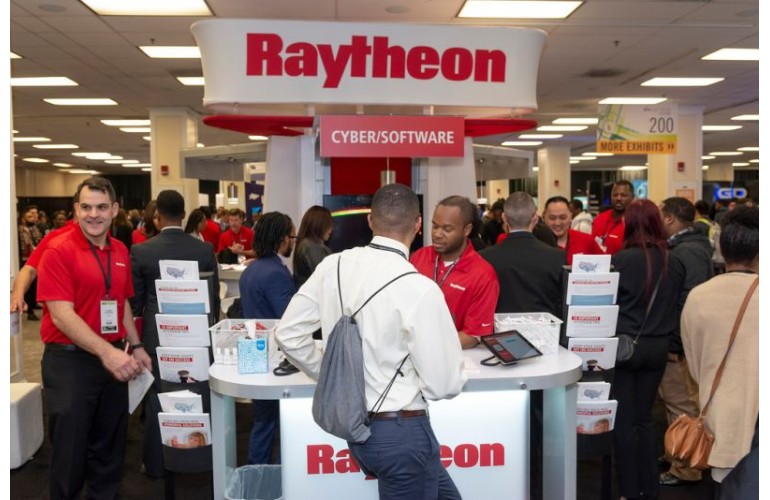 Subscribe
Subscribe- Login
-
/
Sign Up
- US Black Engineer
- >>
- News
- >>
- BEYA Winners with In-demand Skills and Promising Jobs
|
Getting your Trinity Audio player ready...
|
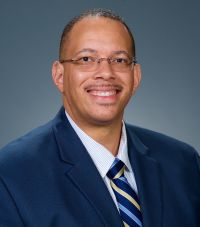 Commencement ceremonies are taking place on college campuses all over the country and thousands of graduates are looking forward to the world of work. This January, LinkedIn unveiled the most in-demand skills of 2019 and the year’s Most Promising Jobs based on LinkedIn data.
Commencement ceremonies are taking place on college campuses all over the country and thousands of graduates are looking forward to the world of work. This January, LinkedIn unveiled the most in-demand skills of 2019 and the year’s Most Promising Jobs based on LinkedIn data.
In this newsletter, USBE Online features professionals you should know. These BEYA winners and people in USBE magazine are already in the year’s top jobs. Be sure to read about their careers and find out how they acquired hard skills in cloud computing, artificial intelligence (AI), business analysis, industrial design, and data science.
Site Reliability Engineer
Charles Dean is a Raytheon reliability engineer for a major program. A reliability engineer is a professional who uses tools and expertise to improve product/systems safety, reliability, and maintainability. Dean was honored at the BEYA STEM Conference for his volunteering activities in the MathMovesU program.
Product Owner
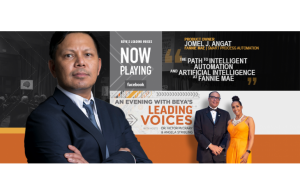 At the 2019 BEYA Conference Leading Voices event, product owner Jomel Angat traced the path to Intelligent Automation and AI at Fannie Mae. Click here to find out what a product owner does and the top skills needed for business analytics, methodologies, and process improvement.
At the 2019 BEYA Conference Leading Voices event, product owner Jomel Angat traced the path to Intelligent Automation and AI at Fannie Mae. Click here to find out what a product owner does and the top skills needed for business analytics, methodologies, and process improvement.
Data Scientist
Tuba Aktaran-Kalayci is a 2016 Black Engineer of the Year Award (BEYA) Special Recognition winner. She serves as director of advanced analytics within the Big Data and Advanced Solutions business at AT&T. Tuba leads a team of data scientists that is responsible for mathematical modeling, statistics and machine learning. Tuba and her team work to solve client problems using Big Data platforms and data assets such as Hadoop, Hive, and Python.
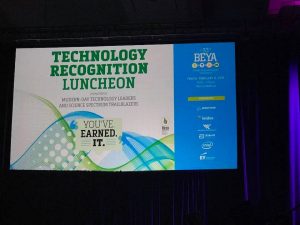 Every organization has a data scientist. According to some experts, data science is a continuation of old data analysis fields such as statistics, data mining, and predictive analytics. But in the last decade, the job of extracting knowledge from data has focused on information, statistics, business analysis, data development and data engineering, and computer science.
Every organization has a data scientist. According to some experts, data science is a continuation of old data analysis fields such as statistics, data mining, and predictive analytics. But in the last decade, the job of extracting knowledge from data has focused on information, statistics, business analysis, data development and data engineering, and computer science.
“There’s a shortage of qualified professionals because data scientists are no longer confined to specialized areas,” said Jem Pagán, who listed the top careers in the next decade for USBE magazine.“The digital transformation has become an opportunity for qualified and available STEM professionals to take advantage of,” he noted. According to Pagán, data scientist tops the leading careers of the next decade.
Brett Matthews graduated from Rensselaer Polytechnic Institute with a bachelor’s degree in computer & systems engineering in 2001 and went on to Georgia Institute of Technology to earn a master’s degree in 2003 and a Ph.D. in 2012, both in electrical and computer engineering.
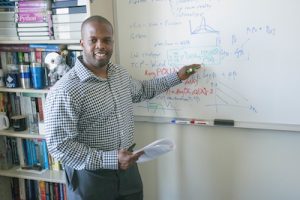 Brett loves programming in Matlab, C/C++, Python, and other languages. He got involved in the Internet of Things (IoT) through his current job at GE Global Research.
Brett loves programming in Matlab, C/C++, Python, and other languages. He got involved in the Internet of Things (IoT) through his current job at GE Global Research.
“Although I was always interested in signal processing and machine learning, my job at GE involves working on machines, which benefit from remote monitoring and diagnostics, a natural problem for IoT work and research,” Brett told USBE magazine.
Brett is one of many scientists and engineers in the Software, Sciences, and Analytics division of a Research Center, which comes up with advanced solutions to serve the needs of GE’s business units in aviation, energy, and transportation.
“Our business partners usually come to us with some technical problem they’d like to solve,” Brett explains. Those problems include increasing operational efficiency or safety, reducing costs or harmful emissions, or detecting or preventing mechanical failures. These machines are equipped with many sensors: pressure transducers, vibration, and acoustic sensors, arterial blood pressure,” he adds.
Brett says his job is to use his professional background in digital signal processing, machine learning, and statistical pattern recognition to make machines smarter.
“I develop and apply digital signal processing and machine learning methods, which we call ‘analytics,’ on these signals to solve our business problems,” Brett says.”My work usually involves getting volumes of data from our business partners, conceiving mathematical and technical solutions, building those solutions in code, evaluating the solutions on data, and refining and improving,” he adds.
“I typically write code in Mat lab, Python, C/C++, and a few other languages,” he says.
“Someone looking to do this job should have a background doing research in some data science-related area,” he advises. “Often people in related fields, like physics, have skills that apply here as well,” Brett adds.
“Ideally, I wanted a job where I could do research in machine learning and signal processing but also apply it to real problems and have the freedom to try new things. I really didn’t know such a job existed, and that’s exactly what this job turned out to be,” he said.
Brett joined GE after finishing his Ph.D. It was his first full-time position, but he had chalked up internships at five different companies.
“I recommend taking as many internships as you can,” he says. “My 10 internships were at Lucent Technologies, Sikorsky Aircraft, Texas Instruments, IBM TJ Watson Research Center, and MIT Lincoln Labs,” said. “Gain experience in a working environment while you are still in school, which looks good to employers when you start your full-time (job) search.”
Over four years at GE Global Research, Brett says he has learned about internal combustion, gas compressors, locomotives, wind turbines, and even arterial blood pressure and heart arrhythmias.”I’ve also learned about the business value of all of these things and how to manage projects,” he said.

